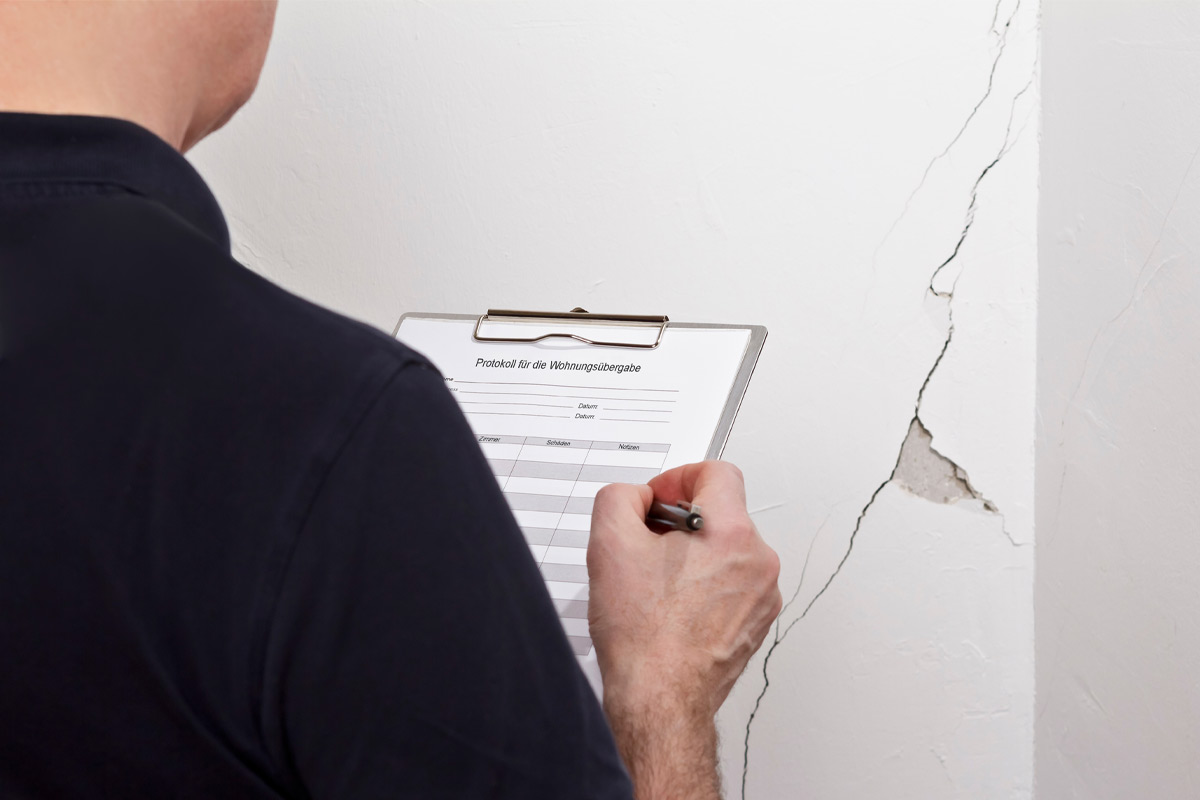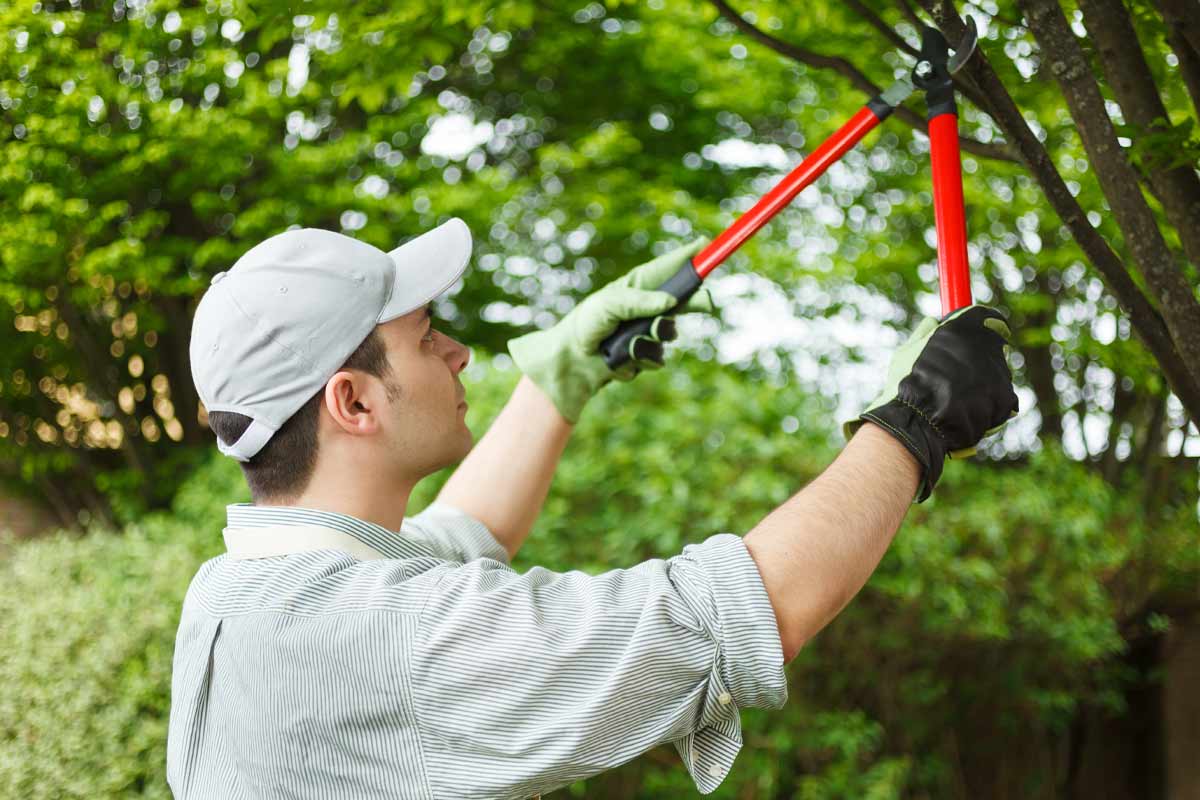That shield-shaped insect on your lampshade is not a random visitor. As November’s chill settles across Canada, it’s a scout. Soon, you might find another on a curtain, one more on the ceiling, and a cluster gathering in the corner of a window.
This is the start of the annual stink bug invasion, a silent but odorous siege as these pests seek a warm place to spend the winter. They have chosen your home. This is not a problem to ignore – it’s a problem to prevent. The difference between a single bug and a full-blown winter infestation is proactive pest control.
The Proactive Advantage of Professional Pest Control
When stink bugs are already inside, it is fundamentally too late for a simple solution. The goal of professional pest control is not just to remove the pests you see, but to address the entire building envelope before the invasion begins.
An Integrated Pest Management (IPM) approach is a comprehensive strategy that shifts the focus from reaction to prevention. It involves a deep understanding of the pest’s biology, habits, and entry methods.
For stink bugs, this means identifying and sealing their hidden entry points and applying targeted exterior treatments that create a barrier, stopping them long before they can crawl up your curtains.
Understanding the November Invader
The primary culprit in most Canadian homes is the Brown Marmorated Stink Bug (BMSB). Instantly recognizable by its mottled-brown, shield-shaped body (about 1.7 cm long) and the distinctive white bands on its antennae and leg edges, this insect is not a native species. It arrived in North America from Asia and has spread aggressively.
Why Are They Such a Problem?
While they don’t bite humans or pets, and they don’t cause structural damage like termites, their presence is a significant issue. According to a study, the brown marmorated stink bug is an invasive pest species that causes significant economic damage to various crops and disrupts integrated pest management programs, affecting homeowners as a nuisance (Rice et al., 2014).
For farmers, they are a catastrophe, destroying fruit, vegetable, and soy crops. For homeowners, they are a potent, smelly annoyance.
Their name is well-earned. When threatened, crushed, or vacuumed, the bug releases a pungent, oily chemical from abdominal glands. This defensive odour, often compared to burnt tires or musty cilantro, is notoriously unpleasant and can linger on surfaces and in vacuums for weeks.
Indoors, stink bugs are not breeding or causing structural damage. They are simply existing, seeking a protected, temperature-stable void to enter diapause (a type of insect hibernation). They cluster in attics, behind baseboards, and inside wall cavities, often emerging on warm, sunny winter days to cluster on interior walls, much to a homeowner’s dismay.
The Overwintering Imperative: Why Your Home?
The stink bug invasion is triggered by autumn’s shorter days and dropping temperatures. This biological signal tells them to stop feeding and find winter shelter. Their attraction to homes isn’t random; they seek warmth, landing on sun-facing (south and west) walls that radiate heat like a beacon. From there, they crawl upwards, seeking any crack to get inside.
The problem is compounded by chemical communication. When one stink bug finds a suitable overwintering spot, like a wall void, it releases an aggregation pheromone. This “all-call” signals to other bugs that a safe shelter has been found. This is why you rarely find just one; the pheromone trail creates the large clusters that define an infestation.
The Stink Bug Highway: Common Entry Points
A stink bug can flatten its body and squeeze through an opening as thin as 3-4 millimetres. To them, a modern home is full of unlocked doors and open windows. A professional pest inspection focuses on finding these vulnerable, often-overlooked entry points.
Common access routes include:
- Damaged Screens: The most obvious entry. Rips, tears, or small holes in window and door screens are an open invitation.
- Worn-Out Weather-Stripping: The seals around exterior doors and the sweeps underneath them wear down over time, creating perfect, ground-level gaps.

- Foundation Cracks: Small, vertical cracks in the foundation, especially near the corners of the house, provide a direct, hidden highway from the ground into the walls.
- Gaps Around Utilities: This is a major culprit. The holes drilled through your siding and foundation for utility lines (gas pipes, air conditioning refrigerant lines, electrical wires, cable hookups) are often sealed improperly, leaving a small, circular gap that bugs exploit.
- Soffits, Fascia, and Eaves: Where the roof meets the wall, gaps in the soffits or behind the fascia boards offer direct access to the attic and upper wall voids.
- Unscreened Vents: Gable vents, roof vents, and bathroom/kitchen exhaust fan vents that are not properly screened or have damaged flaps are wide-open entry points.
- Window and Door Frames: The gap between the actual window or door frame and the house’s siding is often covered by a simple trim piece. Stink bugs can crawl behind this trim and find their way in.
- Fireplaces: A chimney without a proper cap or a flue that is left open is a virtual superhighway into your living room.
- Window-Mounted Air Conditioners: These units are notoriously difficult to seal. Stink bugs will crawl into the unit itself and use the small gaps around it to get inside the home.
Professional Prevention vs. Reactive Homeowner Methods
When faced with stink bugs, a homeowner’s first instinct is often to grab a vacuum or a tissue. These reactive methods are flawed.
Why At-Home Attempts Fall Short:
- Squashing: This is the cardinal sin. Crushing a stink bug guarantees the release of its potent odour, which can permeate the room and attract more stink bugs.
- Vacuuming: While better than squashing, this often just transfers the problem. The bugs will release their scent inside the vacuum canister or bag, permanently tainting the appliance. Furthermore, unless it’s a vacuum with a HEPA-sealed system, the bugs can sometimes crawl back out.
- Store-Bought Sprays: Interior pesticides are a poor solution. They only kill the bugs you see, not the hundreds hiding in the walls. They also introduce unnecessary chemicals into your living space.
The Professional IPM Solution: A professional pest control technician addresses the problem at its source.
1. Detailed Inspection: A technician will perform a thorough assessment of the building’s exterior, identifying all the potential entry points listed above; from the foundation sill to the roofline.
2. Exclusion Work: This is the most critical and permanent solution. Exclusion is the physical process of sealing the home. This involves using high-quality materials that bugs cannot bypass. This includes:
-
- Applying silicone-based caulking to cracks around window frames, door frames, and utility penetrations.
- Installing new, secure door sweeps and weather-stripping.
- Screening all vents (attic, gable, exhaust) with fine, pest-proof mesh.
- Addressing gaps in soffits and flashing.
3. Targeted Exterior Treatment: The final preventative step is the application of a professional-grade, residual insecticide. This is not a broad spray. It is a precise, targeted application to specific, high-traffic areas on the exterior of the home. This creates an invisible barrier. When a stink bug crawls across the treated surface (like the foundation or around a window frame) in its attempt to find an entry point, it picks up the material and dies before it can get inside. This treatment is timed to coincide with their fall migration (late summer/early autumn) for maximum effect.
4. Interior Response: If bugs are already inside, a technician has the tools to remove them safely. This includes specialized, sealed-system vacuums and the targeted application of fine insecticidal dusts (like diatomaceous earth or silica aerogel) inside wall voids and crevices, safely addressing the population you can’t see without contaminating your living space.
Long-Term Strategies for a Stink-Free Home
Beyond professional exclusion and treatment, homeowners can make their property less appealing to these overwintering pests.
- Manage Exterior Lighting: Stink bugs are drawn to bright white lights. Change exterior bulbs to yellow “bug lights” or sodium vapour lights, which are significantly less attractive to most insects. Where possible, turn off unnecessary exterior lights during the peak swarm season in autumn.

- Modify Landscaping: Stink bugs use vegetation as a “bridge” to the house. Trim back any tree branches, shrubs, or overgrown vegetation so that nothing is touching your home’s foundation or siding. This creates a clear, open buffer zone.
- Remove Hiding Spots: Clean up debris near the foundation. Piles of leaves, firewood stacked directly against the house, rock piles, and old lumber all provide a perfect initial hiding spot for bugs to gather before they assault the house itself.
- Remove Window A/C Units: If you use window-mounted air conditioners, remove them before the first frost. If they must remain, ensure they are meticulously sealed from the outside with foam, tape, and caulk.
This multi-layered approach is the standard for effective pest control in Collingwood and other Canadian regions where the BMSB has become a significant annual problem. It’s about building a defence that is smarter than the pest.
Secure Your Home Before Winter Freezes Them In Place
That lone stink bug on the wall is a warning. November is the final deadline before they settle into your walls, attics, and basements for the winter, guaranteeing months of unpleasant, odorous encounters. Don’t wait until you’re dealing with a full-blown infestation. A professional preventative service is the only way to seal your home and stop the invasion before it begins.
If you are ready to make your home secure or need help with an existing problem, our team at Mr. Pest Control is here to help. For expert pest control in Midland and the surrounding areas, call us today at (705) 739-7378 to schedule your comprehensive autumn pest assessment.



